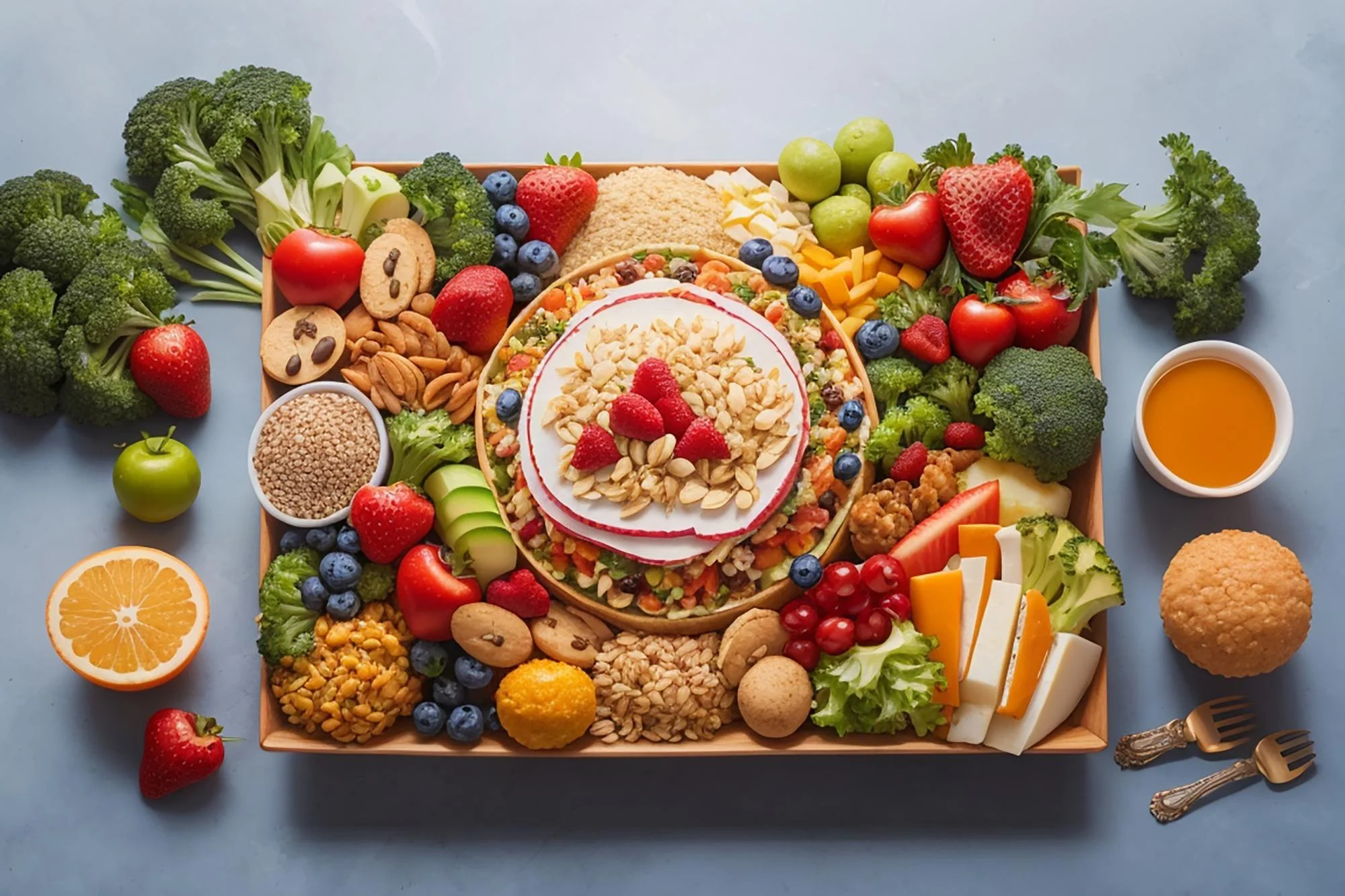Keywords
1. Very Low-Carbohydrate Diet
2. Hepatic Insulin Resistance
3. Weight Loss Diets
4. Obese Rats Metabolic Study
5. High-Fat Dietary Effects
In recent years, the adoption of very low-carbohydrate (VLC), high-fat diets has gained traction as an effective approach to weight loss and the improvement of insulin resistance (IR). Such dietary regimes are now widely prevalent among those striving to shed excess pounds and mitigate the risks associated with metabolic diseases. Despite the popularity of VLC diets, concerns remain regarding their impact on liver health, particularly in relation to hepatic steatosis and insulin resistance.
A study published in “Nutrition & Metabolism” has delved into this area of concern, examining the implications of a VLC weight-reduction diet on hepatic and overall insulin resistance in an animal model. Sprague-Dawley rats, initially made obese through a high-fat diet, were set on a regimented VLC diet in a bid to explore the diet’s impact on their metabolic health. The study was led by a team of researchers from the Department of Health and Nutrition Sciences at Brooklyn College, City University of New York.
DOI: 10.1186/s12986-018-0284-9
Study Overview
Adult male Sprague-Dawley rats were made obese via ad libitum consumption of a high-fat diet (comprising 60% of energy) over 10 weeks; a control group was maintained on a lower-fat diet (15% of energy). Subsequently, the obese rats were subjected to energy-restricted amounts of diverse diets: a VLC diet (5%C, 65%F), a low-carbohydrate (LC) diet (19%C, 55%F), and a high-carbohydrate (HC) diet (55%C, 15%F). In contrast, a subset referred to as HF2 rats continued with the high-fat diet ad libitum.
Methodology and Results
The research extended over three distinct phases, with phase one setting the stage for obesity, phase two dedicating to the intervention diets, and phase three involving a dietary switch for VLC rats to the HC diet for one week. The objective was to glean comprehensive information on body composition, metabolic parameters, and the hepatic gene response post-oral glucose load.
Notably, body weight, body fat percentage, and hepatic lipid levels climbed significantly in HF1 rats compared to LF rats by the end of phase one. The subsequent phases focused on elucidating the effects of the different dietary interventions. The culmination of these evaluations pointed to an intriguing discovery—while the VLC diet had a marginal impact on general body insulin resistance, it substantially mitigated the insulin-induced hepatic gene expression. This phenomenon may signal the onset of hepatic insulin resistance, a scenario warranting attention.
Interpretation and Implications
The research conducted by Axen et al. has sparked considerable intrigue within the scientific community, adding nuance to the increasingly complex relationship between diet composition and metabolic health. As discussed in the article, a VLC diet’s elevated fat content could potentially predispose individuals to hepatic steatosis and hepatic insulin resistance, counterbalancing its weight loss benefits. These findings align with mounting evidence suggesting that diet composition profoundly affects hepatic metabolism and insulin responsiveness.
In the context of this study, it seems that the high-fat content in a VLC diet could detrimentally affect the liver’s capacity to process insulin, evidenced by the altered hepatic gene expression. This assertion is consistent with previous research, such as that by Samuel et al. (2004), which examined the mechanisms of hepatic insulin resistance in non-alcoholic fatty liver disease. It is important to underscore the significance of hepatic insulin resistance as a contributor to the broader metabolic syndrome, influencing the risk of type 2 diabetes and cardiovascular diseases.
References
1. Axen KV, Harper MA, Kuo Yu Fu YF, Axen K. Very low-carbohydrate, high-fat, weight reduction diet decreases hepatic gene response to glucose in obese rats. Nutr Metab (Lond). 2018;15:54. doi: 10.1186/s12986-018-0284-9. PMID: 31061673; PMCID: PMC6497366.
2. Samuel VT, Liu Z-X, Qu X, et al. Mechanism of hepatic insulin resistance in non-alcoholic fatty liver disease. J Biol Chem. 2004;279(32):32345-32353. doi: 10.1074/jbc.M400194200. PMID: 15166226.
3. Ballard KD, Quann EE, Kupchak BR, et al. Dietary carbohydrate restriction improves insulin sensitivity, blood pressure, microvascular function, and cellular adhesion markers in individuals taking statins. Nutr Res. 2013;33(11):905-912. doi: 10.1016/j.nutres.2013.07.022. PMID: 24176230.
4. Bravata DM, Sanders L, Huang J, et al. Efficacy and safety of low-carbohydrate diets: a systematic review. JAMA. 2003;289(14):1837-1850. doi: 10.1001/jama.289.14.1837. PMID: 12684364.
5. Ruth MR, Port AM, Shah M, et al. Consuming a hypocaloric high fat low carbohydrate diet for 12 weeks lowers C-reactive protein, and raises serum adiponectin and high density lipoprotein-cholesterol in obese subjects. Metabolism. 2013 Dec;62(12):1779-87. doi: 10.1016/j.metabol.2013.07.006. Epub 2013 Aug 3. PMID: 24075505; PMCID: PMC3845365.
Conclusion and Future Directions
The insights garnered from the research by Axen and colleagues highlight a critical aspect of dietary interventions—while weight loss could be an immediate and visible outcome, underlying metabolic responses, particularly in the liver, must not be overlooked. Their work reinforces the notion that sustainable diet strategies should aim for both weight reduction and the maintenance of metabolic homeostasis, especially insulin sensitivity.
For those pursuing VLC diets, the study’s findings may serve as a cautionary tale; promoting vigilance and further inquiry into the long-term health implications of such dietary patterns. Clinicians and nutritionists must be adept at navigating the complexities of dietary impacts on metabolic health, tailoring advice for optimal outcomes.
Future studies are warranted to further elucidate the mechanisms influencing hepatic gene response to insulin in the context of dietary composition. Considering diverse populations, species, and clinical settings would enhance understanding and offer a more comprehensive guidance for those seeking nutrition-based interventions for weight loss and improved metabolic control.
Considering the provoking nature of this study, discussions on dietary composition’s influence on metabolic health are set to continue with vigor. The research community looks forward with anticipation to subsequent investigations that will shed even more light on this multifaceted topic.
